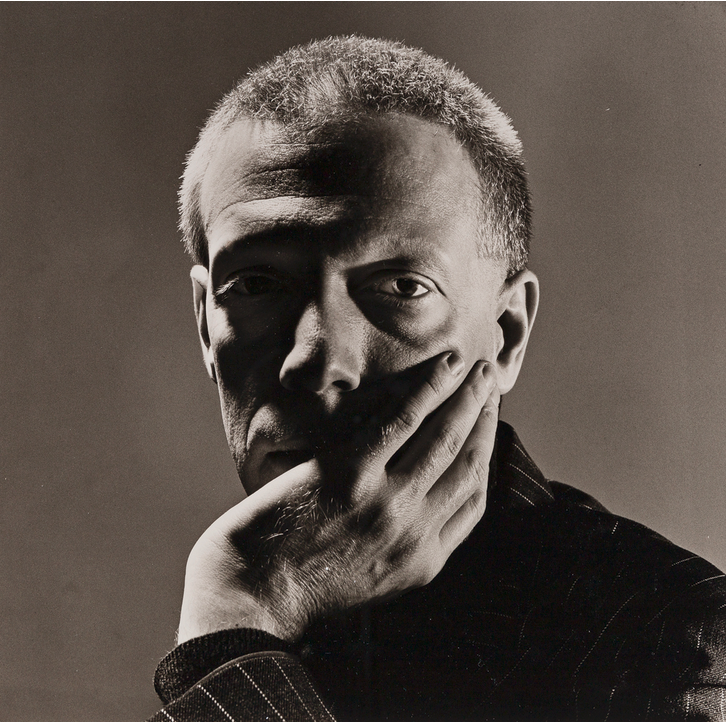
Specialist
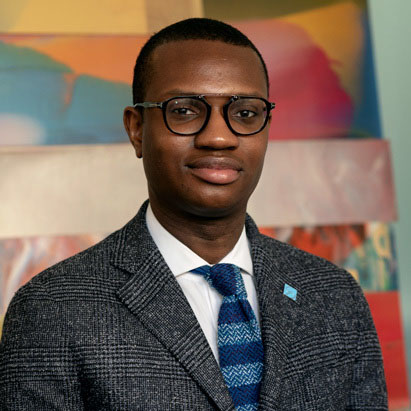
Exhibition Hours
By Appointment Only
Sale 2544 | Lot 146
Additional images and condition
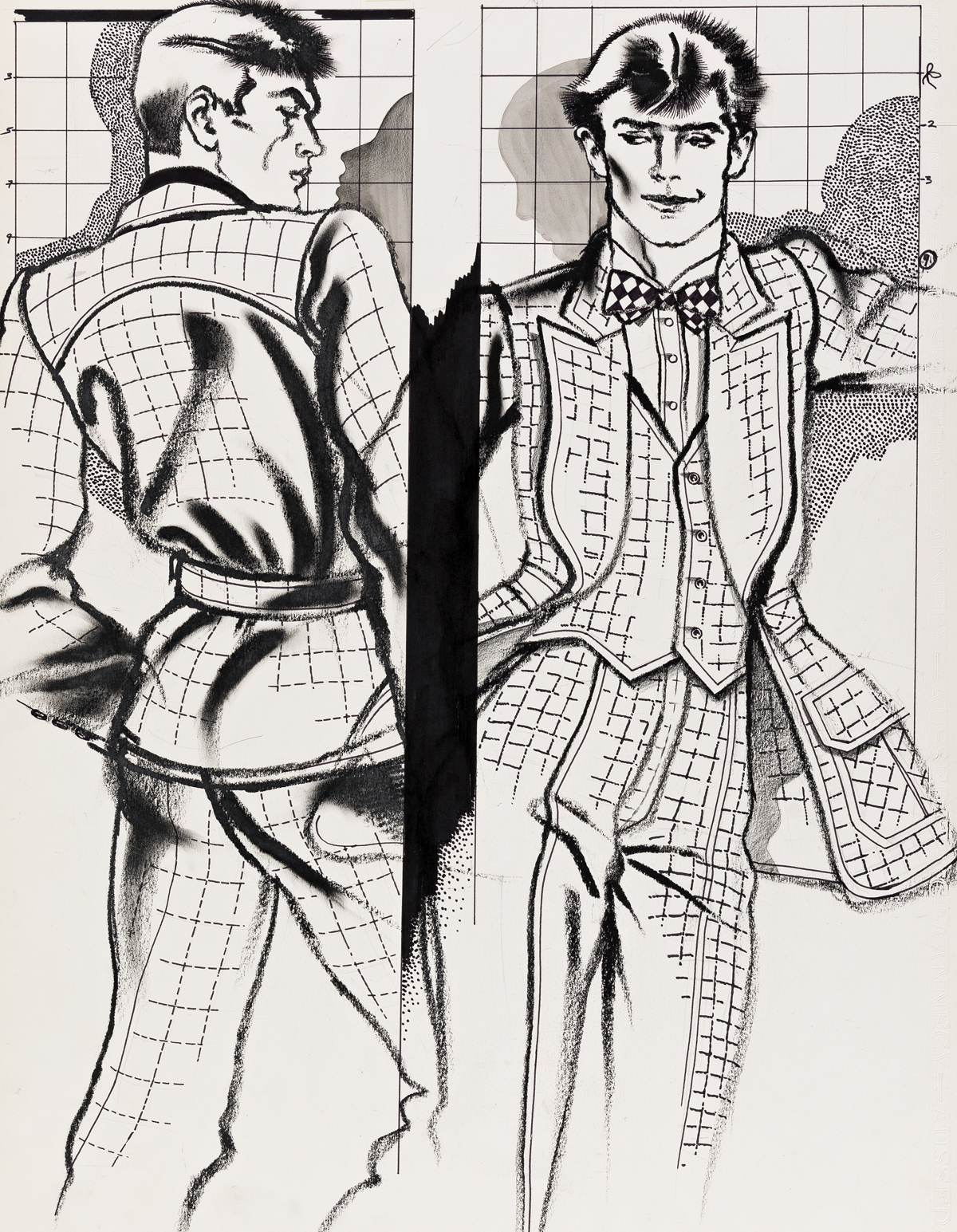
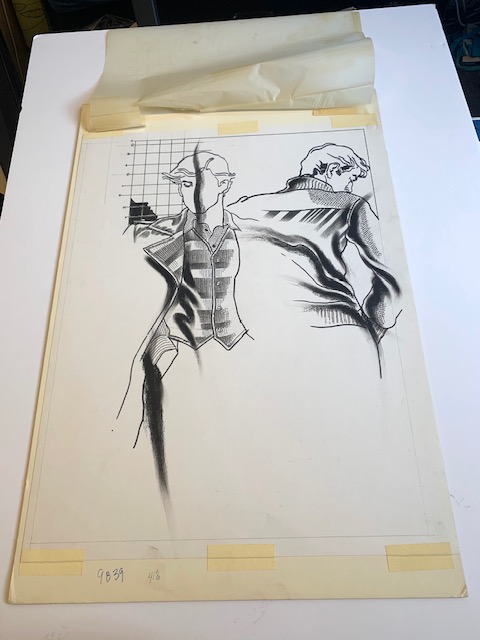
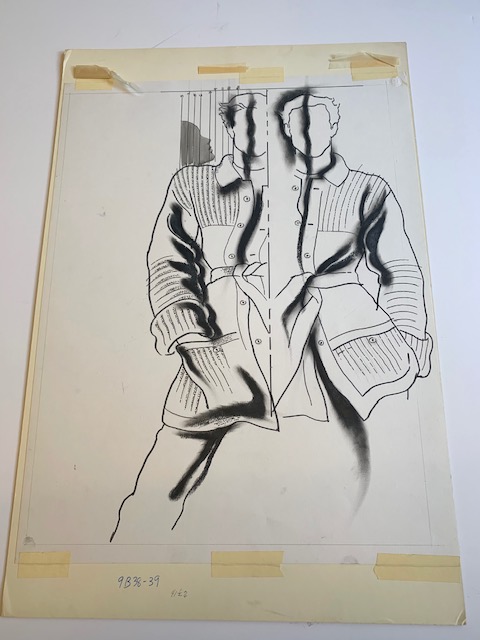
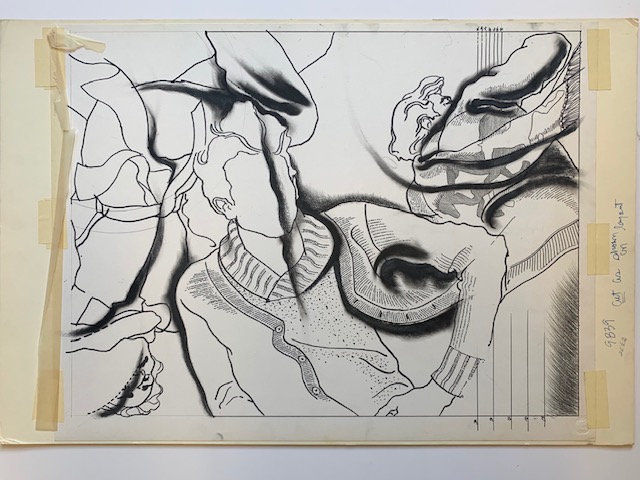
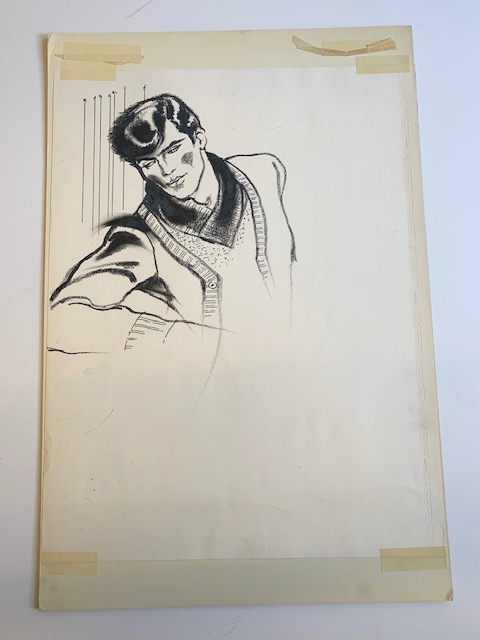
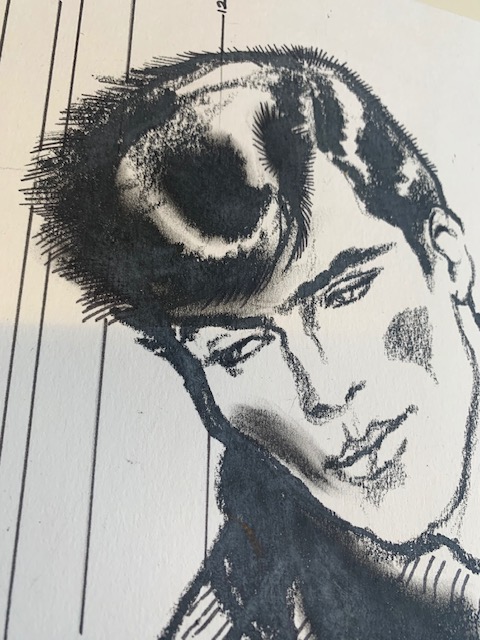
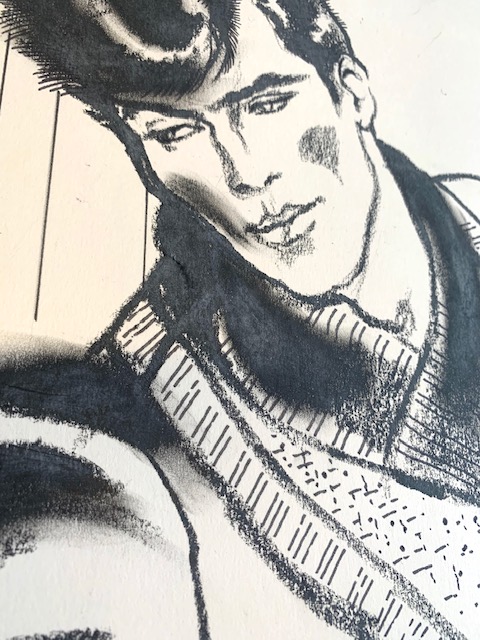
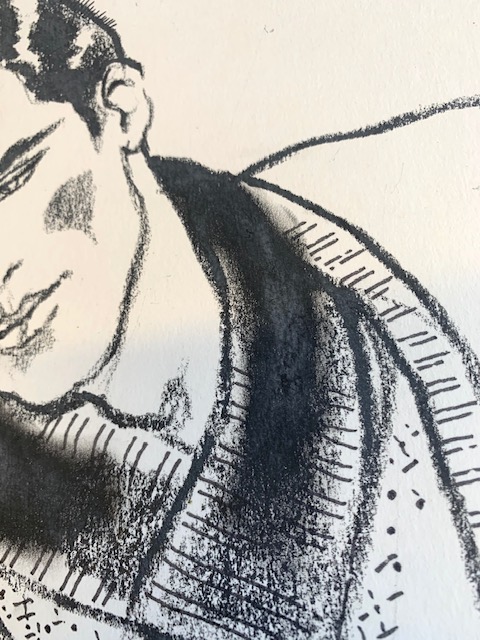
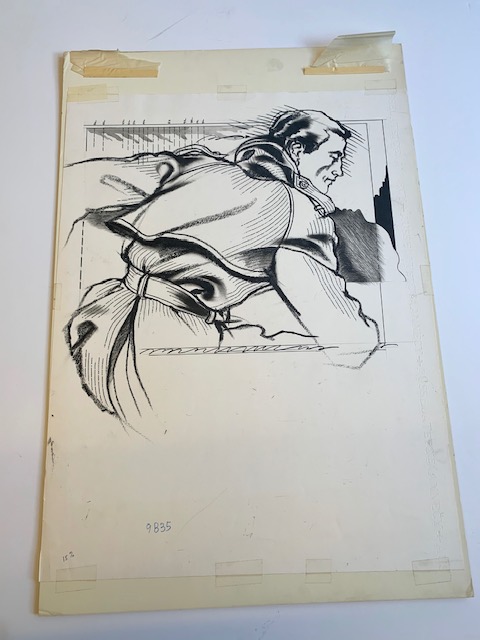
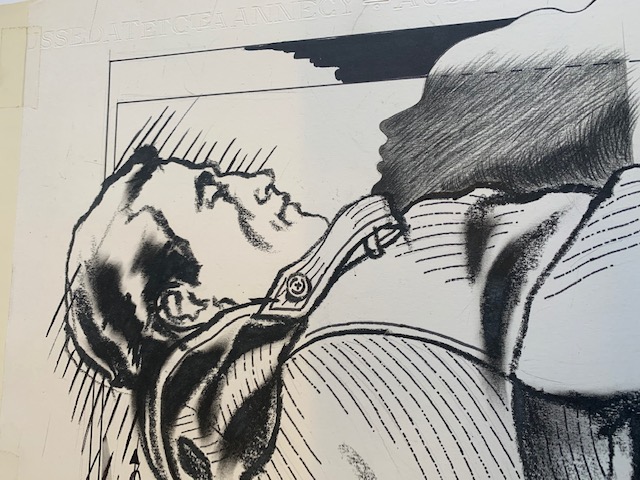
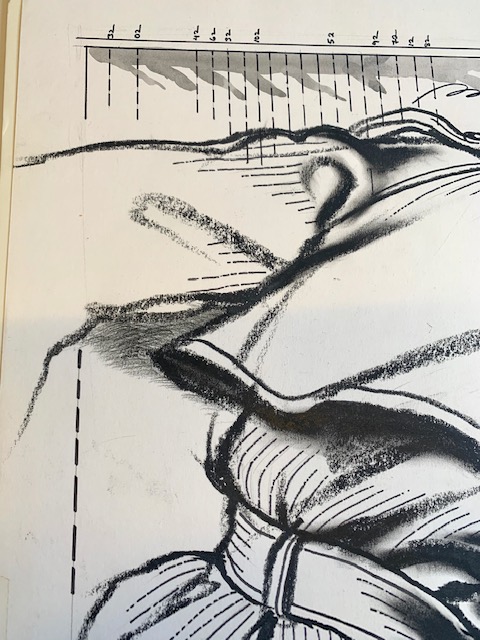
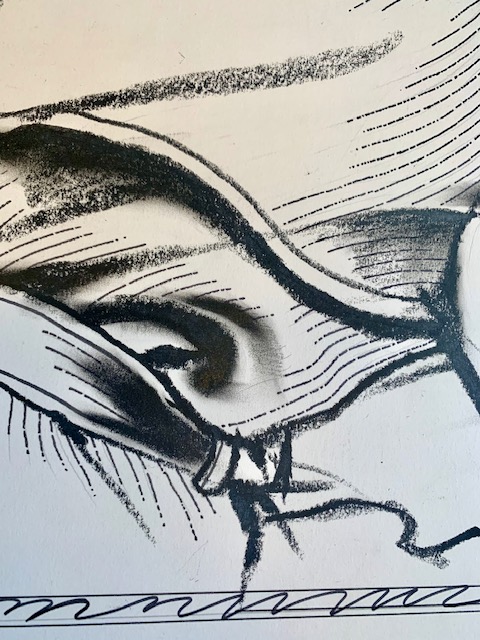
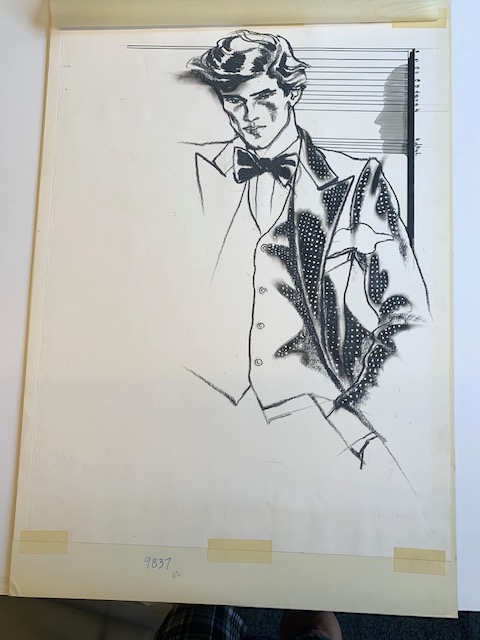
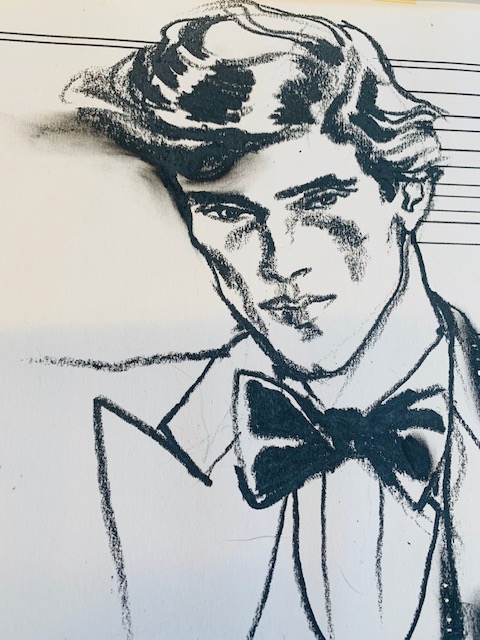
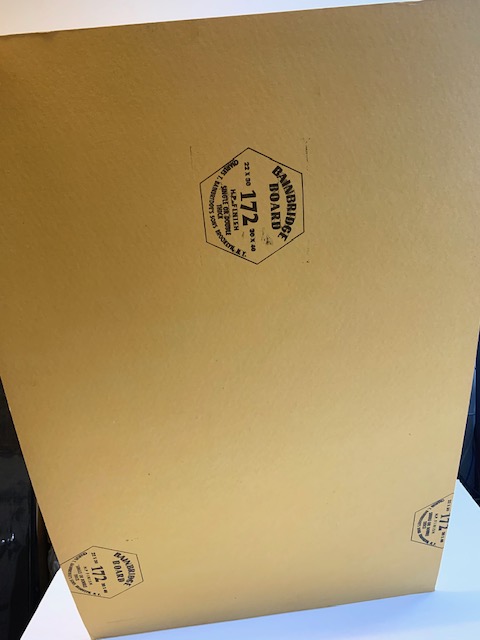
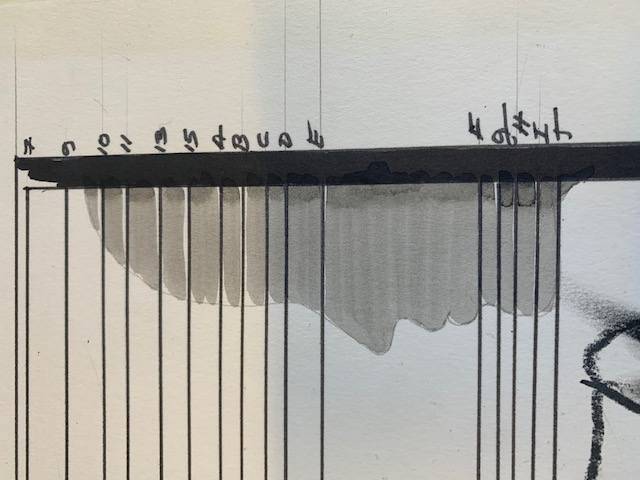
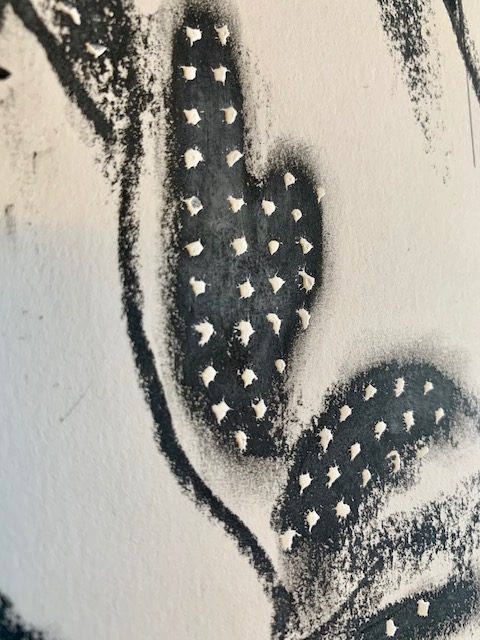
17

















Sale 2544 - Lot 146
Estimate: $ 3,000 - $ 4,000
ANTONIO LOPEZ (1943-1987)
"Europe is Wearing..."
Group of 9 men's fashion studies for coats and jackets accompanying the article by Erica Crome published in the September 1974 issue of GQ magazine. Graphite and ink on paper. Average size 660x495 mm; 26x19 1/2 inches, sheets. 1974.
Provenance: From the Collection of Donald Sterzin.
Condition:
Drawings clear and bold, with the artist's brush/penwork visible. Some natural occasional smudges. Correction fluid applied by Antonio to a few images to create texture. Some light age toning. Tissue paper covering wrinkled and creased, a few missing; all with residual cellotape holding paper to backing board (and tissue to board).
Sterzin served as Assistant Art Director for GQ in the late 1970s and as Art Director from 1981-1983. He later worked in advertising for a range of companies including Ralph Lauren. Sterzin, along with photographer Bruce Weber, made a radical decision to move away from New York modeling agencies and seek clean-cut young men in college for models, developing a more streamlined depiction of men's fashion photography.
The article, subtitled "This season, if the coat's too big, it fits," heralded the beginning of more oversized, textured outerwear as styles moved away from streamlined, mod shapes. This lot contains all but one large and one small inset illustration that appeared in the story.
From the late 1970s to the early 1980s "GQ" was at the forefront of men's fashion. The publication was helmed by influential gay leadership, including editor-in-chief Jack Haber and art directors Harry Coulianos and Donald Sterzin, and together these figures helped redefine men's fashion photography, depicting the modern, streamlined man.
An out and proud Nuyorican, LGBTQ advocate, and fashion icon, Lopez was one of the most influential image- and tastemakers of the 1960s through the 80's, mainly in New York. He fought against the latent racism that existed at the time by expanding definitions of beauty and championing women of color and unconventional beauty like LaBrie, as well as Jerry Hall, Pat Cleveland, Alva Chinn, Grace Jones, Amina Warsuma, Jane Forth and Donna Jordan.
With his working and romantic partner, the art director Juan Ramos, the avant-garde duo broke barriers by bringing street fashion and a charged sexuality, often a gender-fluid one, onto the runways and style pages, blasting the conventionalities of postwar fashion and defining "ready-to-wear" fashion.
Sterzin served as Assistant Art Director for GQ in the late 1970s and as Art Director from 1981-1983. He later worked in advertising for a range of companies including Ralph Lauren. Sterzin, along with photographer Bruce Weber, made a radical decision to move away from New York modeling agencies and seek clean-cut young men in college for models, developing a more streamlined depiction of men's fashion photography.
The article, subtitled "This season, if the coat's too big, it fits," heralded the beginning of more oversized, textured outerwear as styles moved away from streamlined, mod shapes. This lot contains all but one large and one small inset illustration that appeared in the story.
From the late 1970s to the early 1980s "GQ" was at the forefront of men's fashion. The publication was helmed by influential gay leadership, including editor-in-chief Jack Haber and art directors Harry Coulianos and Donald Sterzin, and together these figures helped redefine men's fashion photography, depicting the modern, streamlined man.
An out and proud Nuyorican, LGBTQ advocate, and fashion icon, Lopez was one of the most influential image- and tastemakers of the 1960s through the 80's, mainly in New York. He fought against the latent racism that existed at the time by expanding definitions of beauty and championing women of color and unconventional beauty like LaBrie, as well as Jerry Hall, Pat Cleveland, Alva Chinn, Grace Jones, Amina Warsuma, Jane Forth and Donna Jordan.
With his working and romantic partner, the art director Juan Ramos, the avant-garde duo broke barriers by bringing street fashion and a charged sexuality, often a gender-fluid one, onto the runways and style pages, blasting the conventionalities of postwar fashion and defining "ready-to-wear" fashion.





